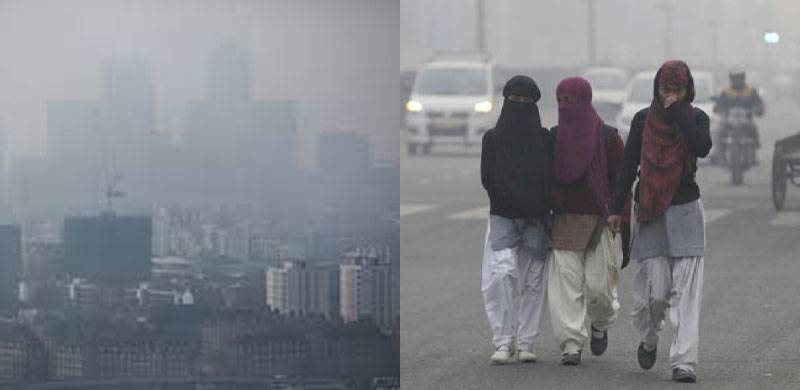
The World Bank report, ‘Striving for Clean Air: Air Pollution and Public Health in South Asia’ released on December 15, 2022, states that estimated 2 million premature deaths each year are caused by air pollution.
Ambient air pollution is a public health crisis for South Asia. The region, comprising 9 of the world’s 10 cities with the worst air pollution, has concentrations of fine particulate matter such as soot and small dust up to 20 times higher than what WHO considers healthy. It is causing stunting, reduced cognitive development in children, respiratory infections and other chronic and debilitating diseases.
Large industries, power plants and vehicles are dominant sources of air pollution around the world, but in South Asia, combustion of solid fuels for cooking and heating, emissions from small industries such as brick kilns, burning of municipal and agricultural waste, and human cremation cause most air pollution.
This report identifies six major airsheds in South Asia where spatial interdependence in air quality is high, which includes Punjab and South Pakistan.
Under the predominant wind direction from the northwest to the southeast, the report reveals that 30 percent of the air pollution in the Indian state of Punjab comes from Punjab Province in Pakistan and, on average, 30 percent of the air pollution in the largest cities of Bangladesh (Dhaka, Chittagong, and Khulna) originates in India. During parts of the year, substantial pollution flows in the other direction across borders.
“Regional cooperation can help implement cost-effective joint strategies that leverage the interdependent nature of air quality,” the report states.
Ambient air pollution is a public health crisis for South Asia. The region, comprising 9 of the world’s 10 cities with the worst air pollution, has concentrations of fine particulate matter such as soot and small dust up to 20 times higher than what WHO considers healthy. It is causing stunting, reduced cognitive development in children, respiratory infections and other chronic and debilitating diseases.
Large industries, power plants and vehicles are dominant sources of air pollution around the world, but in South Asia, combustion of solid fuels for cooking and heating, emissions from small industries such as brick kilns, burning of municipal and agricultural waste, and human cremation cause most air pollution.
This report identifies six major airsheds in South Asia where spatial interdependence in air quality is high, which includes Punjab and South Pakistan.
Under the predominant wind direction from the northwest to the southeast, the report reveals that 30 percent of the air pollution in the Indian state of Punjab comes from Punjab Province in Pakistan and, on average, 30 percent of the air pollution in the largest cities of Bangladesh (Dhaka, Chittagong, and Khulna) originates in India. During parts of the year, substantial pollution flows in the other direction across borders.
“Regional cooperation can help implement cost-effective joint strategies that leverage the interdependent nature of air quality,” the report states.

